Let’s continue discussing harm reduction. In our previous conversation, we touched upon opioids, and today we will shift focus to a psychoactive substance, that is still widely perceived as harmless. However, this is not entirely accurate.
While cannabis does not present the same level of addictive potential or severe consequences as opioids, its widespread availability, legalization and decriminalization, commercialization, hype, and false sense of security have, in my view, created a perilous situation.
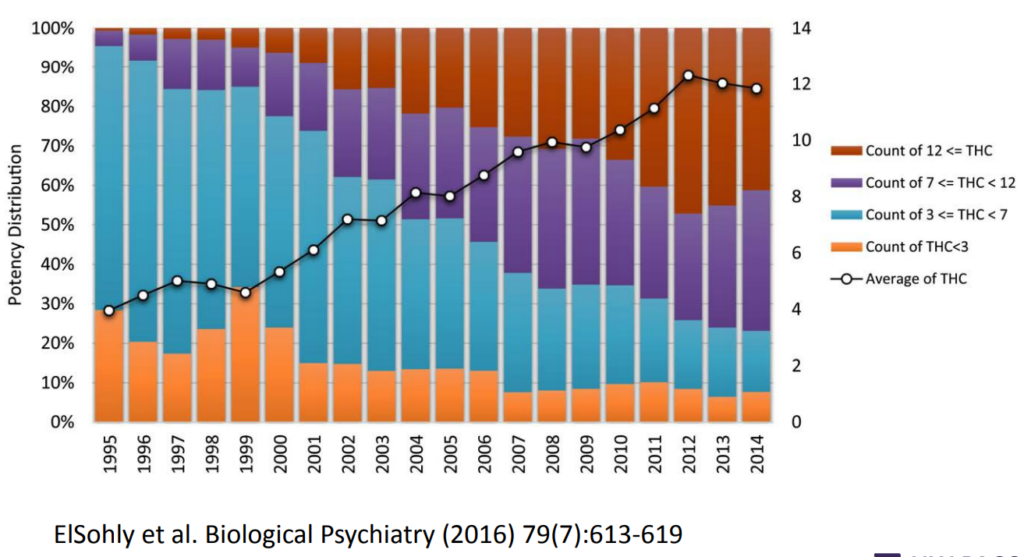
Just look at this graph at the top with the concentration of THC, which is only growing over the years. The cannabis consumed by hippies in the 1970s and by today’s stoners is not even in the same league in terms of the intensity of its impact on the brain. Modern cannabis products available in stores can contain up to 20% THC, making it a potent psychedelic.
Like any recreational substance, cannabis requires a harm reduction strategy. Unlike opioids, this strategy will primarily aim to allow for safe use.
Contrary to popular belief, cannabis is not a simple substance. It contains numerous active compounds, two of which are well-known and somewhat researched – THC and CBD.
The active substances in cannabis act on special receptors that are part of the endocannabinoid system, which plays a role in complex processes such as adaptation, immunity, sexuality, nutrition, and learning. Interfering with the functioning of this system can lead to disruptions in these areas.
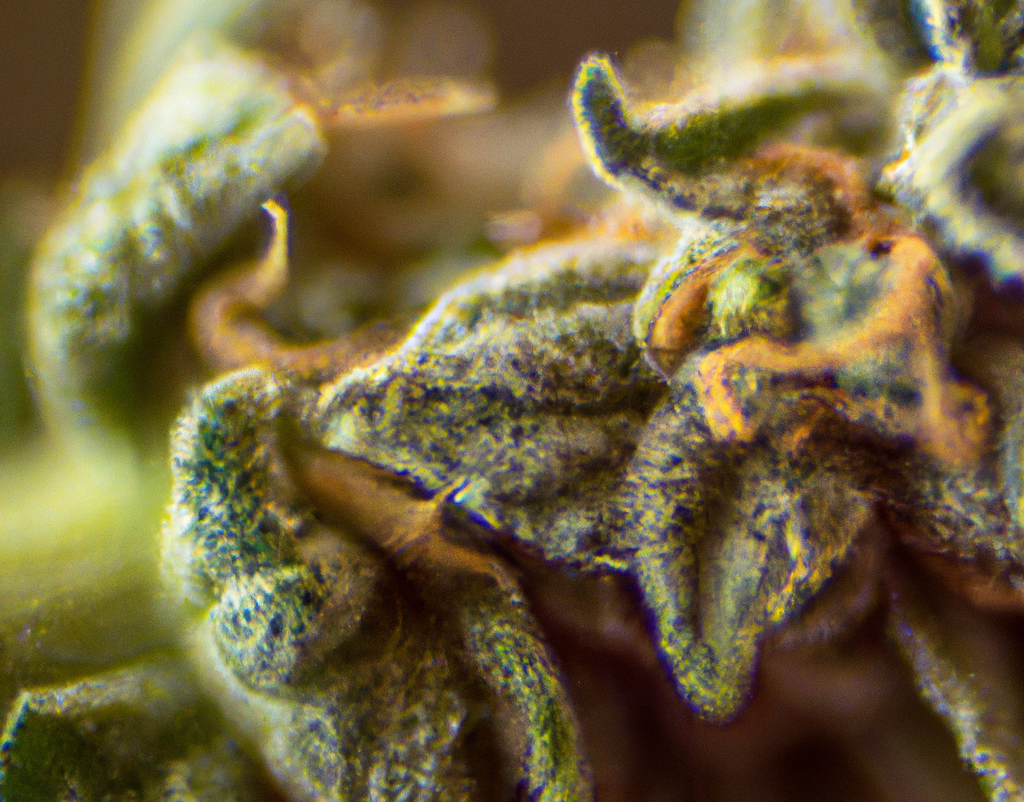
Cannabis use also presents various challenges. It can be smoked, eaten, or drunk, and each of these methods has variations. It is likely that new methods will emerge in the future.
Therefore, it is not easy to formulate a clear set of harm reduction guidelines that apply to all situations. Nevertheless, I will focus on general directions that can help anyone develop and maintain a risk-reduction strategy when it comes to cannabis consumption.
- Educate yourself. If you use cannabis regularly and for an extended period, be mindful of what scientists, doctors, psychologists, and social workers have to say about it, not just sellers and enthusiasts. It may be challenging to sift through lengthy and dry articles, but we’re working on it. Honestly.
- Be aware of the laws in the places where you live or are planning to visit. This applies to substances in general, but the legal status of cannabis varies significantly from country to country. Hopefully, this will change in the future.
- Know your source. It is crucial to obtain cannabis that has been grown in a natural way, without the use of powerful growth stimulants, synthetic impurities, and other substances employed by unscrupulous sellers.
- Start small and act slowly. When using cannabis or a new product based on it for the first time, it is essential to start with a low dose and gradually increase it to give the body time to adjust. Do not compare your experience to another person’s or follow the crowd blindly. In such situations, prioritize your own well-being.
- Avoid mixing. Combining cannabis with alcohol, tobacco, or other substances increases the risk of negative consequences during intoxication and withdrawal. The fleeting and short-lived pleasure of mixing is not worth the risk of ending up in the hospital. It is best to use cannabis by itself.
- Minimize smoking. Smoking weed can damage the lungs and increase the risk of respiratory problems. Using a vaporizer or consuming edibles may be less harmful alternatives. Following the events in the US, where people suffered lung damage due to the addition of vitamin E acetate to vape liquid along with THC oil, I also recommend avoiding disposable, cheap vape systems. Full-fledged stationery or portable vaporizers are the best alternatives to all methods of use based on combustion.
- Inhale naturally. Prolonged breath retention will not produce any amplification effect; it will only increase the risk of lung problems due to the fact that smoke and its derivatives interact longer and more intensely with the alveoli in the lungs. Cannabis does not require this, as it is rapidly absorbed into the body.
- Stay hydrated. Cannabis can cause dry mouth and mucous membranes, so it is essential to drink water before, during, and after use. There is no need to track the volume, and it is definitely not advisable to drink a lot of water at once. Just listen to your body, keep a glass of cool water nearby, and drink it while relaxing.
- Keep your devices clean. If you still prefer using a bong or pipe, be sure to clean them regularly. Change disposable mesh as often as possible, and consider using 1-2 layers of foil with holes as an alternative to mesh. Change the water in the bong after each session.
- A little bit of management. Avoid using cannabis right in the morning, before important things, and even more so while driving. Don’t combine all your activities with smoking cannabis. This is easy to do today, but such a pattern of consumption will also easily form addiction, unpleasant and even dangerous situations.
It is crucial to remember that weed may have both potential risks and benefits, and it may not be suitable for everyone. If you are considering using cannabis, it is essential to carefully consider the potential risks and benefits and to make an informed decision based on your individual needs and circumstances.
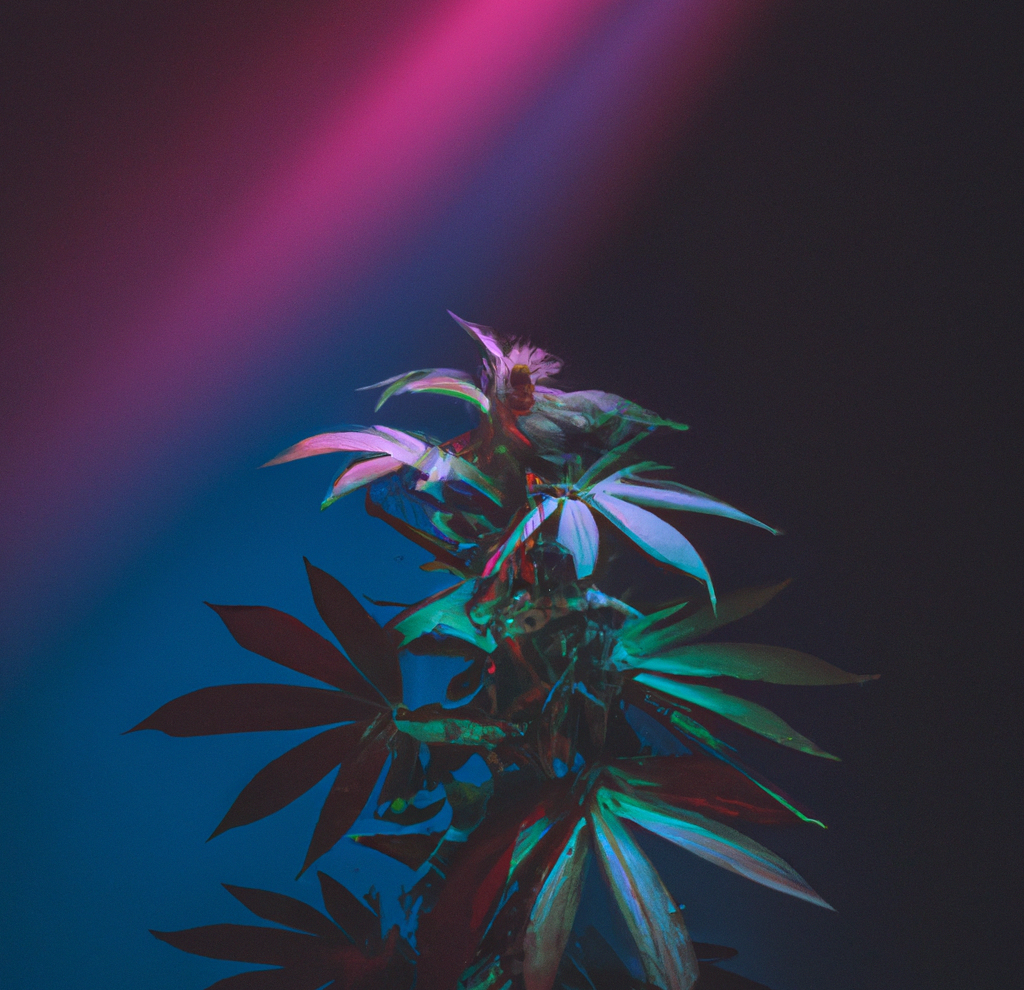
That’s all for today.
If you think that something needs to be added or corrected here, write to me. I am always glad to dialogue.
I hope the article was helpful. Please support the development of this blog:
- Subscribe to my social networks.
- Share a link to this article with your friends.
- Tell about the blog on thematic resources or in chats.
Thank you for your time and attention 🌿


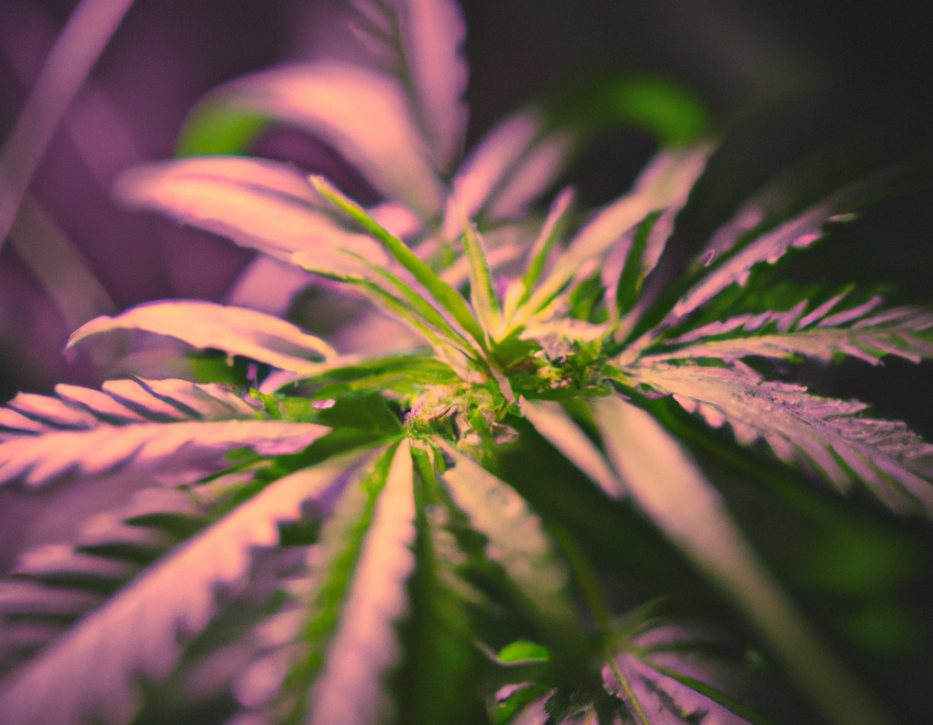
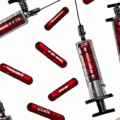
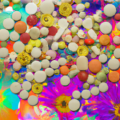
Cannabis is a healing plant- I am allowed it for pain. I will never go back to the copious amounts of medication I was on.
I don’t think that it is useful to advise to take it as a painkiller
truth
Okay! If it’s effective